|
This simple, natural fortification method for a high calorie infant formula helped my son Benny stay healthy and gain weight before his open heart surgery at four months old. Because my son had congenital heart failure due to his complete av canal defect he stopped gaining weight when he was about 6 weeks old. This was a terrifying time for us. We were unable to find a bottle he would take, and I was reluctant to give up breastfeeding, so I knew I had to find a solution that would allow us to continue breastfeeding while helping him gain the weight that he needed. Since he was burning more calories just with the effort it took to breathe, he needed a higher calorie milk. In order to keep him at the breast, I nursed him every 2 hours for 20 minutes while using a Supplemental Nursing System (SNS) filled with high calorie milk. We started at 24 calories and eventually increased to 26. Eventually we were able to get him to take a bottle by using a preemie nipple on a Dr. Brown bottle. In between nursing he was given as much as he could drink of an 8 ounce bottle of fortified milk. Often I could not pump enough milk in addition to what I was breastfeeding, so we supplemented with the goats milk formula listed in the table above. Using maple syrup to fortify breastmilk and the goats milk recipe was recommended to me by a highly respected Naturopath who specializes in the treatment of children with Down syndrome. She had used this with her own son who has Down syndrome as well as with other patients. At first I was hesitant to use maple syrup, but she pointed out that in comparison to the ingredients in commercially made formula, organic natural maple syrup is much easier for a young baby to digest. This turned out to be very true. My son became constipated and uncomfortable when we tried using any kind of commercial formula, which backfired on his weight gain since he wouldn't want to eat when he was constipated. With the maple syrup and goat milks formula my son had no health problems caused by the fortification. I also worked with a doctor who specializes in high risk infant feeding, and that is how we came up with the system of feeding him every 2 hours for only 20 minutes at the breast with fortified milk in the SNS, and fortified bottles in between. It was a lot of work, but I'm so glad that we did it. My son was a healthy 11 pounds when he had his surgery at 4 months. The surgery went beautifully and he returned to exclusive breastfeeding as soon as he was off the ventilator after surgery. His entire hospital stay for the surgery was only 5 days and we have had a beautiful breastfeeding relationship ever since. If you think that this might work for you, please talk to your doctor first. My cardiologist made the calorie recommendations and was on board with everything that we did to help my son gain weight. This was critical going into surgery. I hope my story can help other parents and medical professionals who are looking for alternative ways to fortify babies milk in order to help them gain weight. Please feel free to comment here if you have questions or would like to share your own method for helping babies gain weight. Here are some pictures of our journey. As you can see, we started off in a very scary place, and ended up in a very happy one.
7 Comments
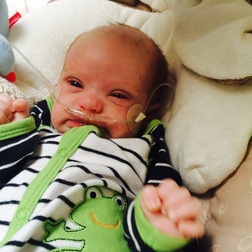 "I hate having this on my face!" "I hate having this on my face!" Having a baby who needs oxygen really sucks for many reasons. First of all, the baby hates it because it's so uncomfortable with a hard thing in their nose and tape all over their face and a tube tugging all the time. But much worse is the fact that your adorable baby now has something covering their cute little face...something that makes them look like they're sick. So instead of people saying "What a cute baby" they ask "What's wrong with your baby?" and that just sucks. When Benny first got prescribed oxygen I really freaked out. At first I just despaired that there was no way we could do this. Then I pulled myself out of it and tried every different method of keeping the cannula on his face that I could find - paper tape, tender grips, cannulas that claimed they were softer on a babies face...none of them worked very well. Benny hated it, I hated it, our whole family hated it. 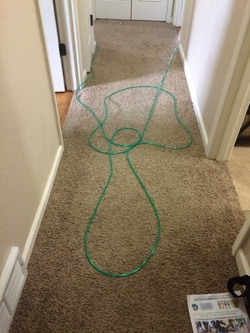 This is what oxygen tubes look like without cable concealers, a tangled mess that goes everywhere! This is what oxygen tubes look like without cable concealers, a tangled mess that goes everywhere! Finally I reached out to everyone I knew who had ever had a baby on oxygen. Since we live more than a mile above sea level, that’s actually a lot more people than you might think. I got a lot of advice. One mom shared that to keep from tripping over the long oxygen tubes running from the concentrator in an upstairs bedroom to her living room she used cable concealers and multiple tubes. We were very excited about this idea, and my husband immediately ran out to a home improvement store and bought a kit. Another method someone showed me for dealing with the great oxygen tube tangle problem is to use a pacifier clip to hold the oxygen tube at a loop at your belt buckle like this: 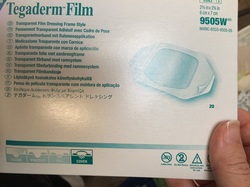 Soon after these great discoveries, a very experienced Oxygen Mom came over and showed me all of her tricks. She showed me how to cut up pieces of Tegaderm Film and apply it at the temples and behind the ears to keep the nasal cannula in place. This was much easier on his skin than the "Tender Grips" bandages, which ripped his skin off when removed, making him scream in pain and leaving bright red painful circles on his sensitive newborn skin. She also showed me how to snake the tubing down his outfit so that it wouldn’t get caught and accidentally strangle him. 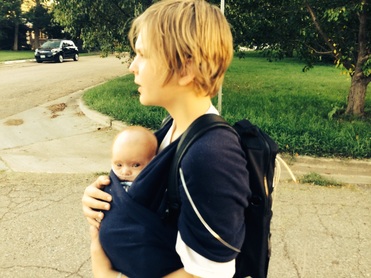 She told me that I could request small tanks and a backpack from the oxygen supply company, which allowed us to be much more mobile. (Surprisingly the oxygen supply company hadn’t bothered to tell us or supply us with one until we requested it. They had only given us giant tanks to lug around) With the little tanks we felt liberated. We were even able to use slings and front carriers and go for walks. An emergency hospital stay led to some further insights on how to make Benny's oxygen use more comfortable. While we were there a nurse told us about a nasal gel we could put on his nose to keep it from getting too dried out. We also discovered that having a humidifier on his oxygen line really helped with his comfort. We asked if we could take home the bottle they had used in the hospital to add to his line at home. Unfortunately, Benny was nearly drowned when my husband accidentally tipped the water over into his oxygen line. After that we decided to take it off until we could get a proper system. During the drowning incident we also decided to come up with a better system for keeping his nasal cannula on. My sister Josephine was visiting, and helped me to modify some of his knit hats so that we could tie the tubes up over his ears and then cinch it under his chin. This had the effect of keeping the nasal cannula in place and the hat on at the same time. It was also easy to remove, so that if there were ever another incident where we needed to remove the cannula quickly we could. 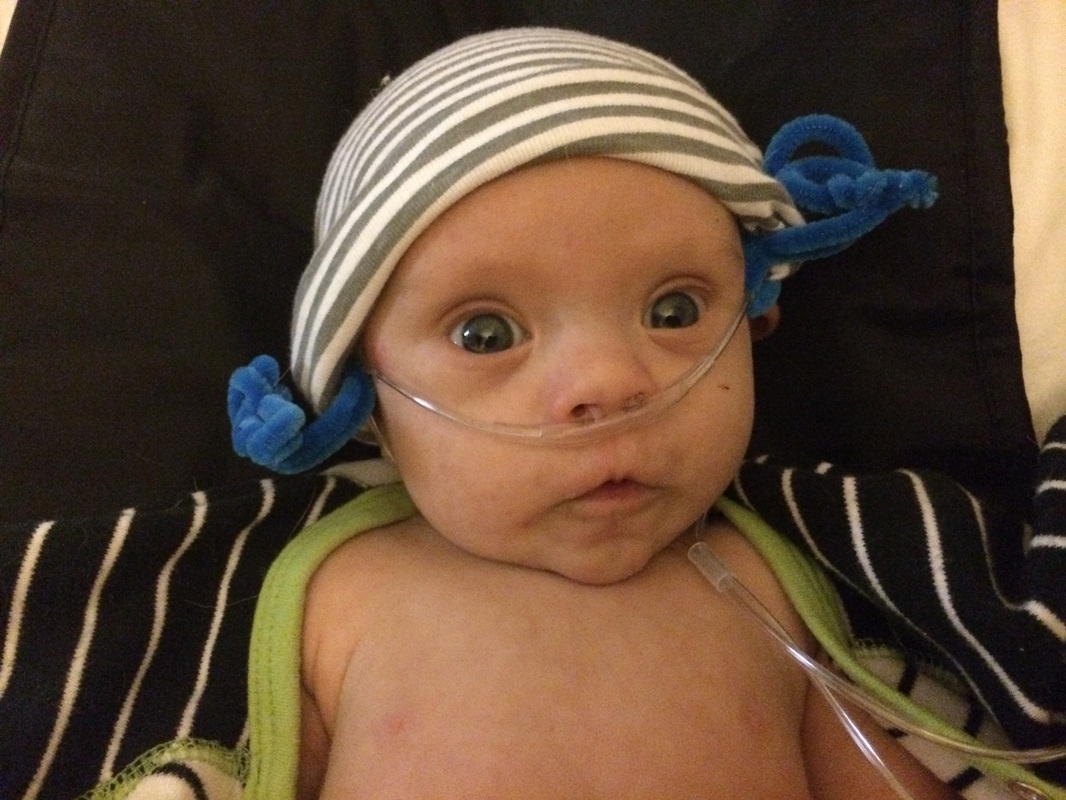 Cannula hat version 1.0. Cannula hat version 1.0. The first hat that I modified I simply cut a couple of holes on either side of the hat and used pipe cleaners to hold the tubes in place. It worked really well and also looked really cute, but I was afraid that the pipe cleaners might accidentally poke his head if I used them at night. I happen to live by a yarn shop, and Josephine stopped by to see if she could find a good material to use. The shop owner helped her select a yarn that was not too stretchy, so that it would stay in place well, and a yarn needle. Sewing the yarn onto the hats is really simple and only takes about a minute to do once you have a yarn needle and yarn. We shot a little video to show how, but the files corrupted somehow, so I’ll have to reshoot it and post it later. In the meantime, here are some pictures with directions on how to create your own cannula holding hat: Soon after we created the modified hat system, Benny had to take another emergency trip to the hospital. Everyone commented on how cute and functional his hat was! We also made another discovery. He happened to be wearing a pair of snap down footy pajamas the day he needed to go the hospital. We discovered that in the snappy pjs, he was able to remain clothed despite having tons of wires and tubes running all over him for monitoring. This discovery came in handy later when he had heart surgery. We stocked up on snap and button down pajamas beforehand, as well as leg warmers. It's silly little things like this that can make a hospital stay so much more comfortable. 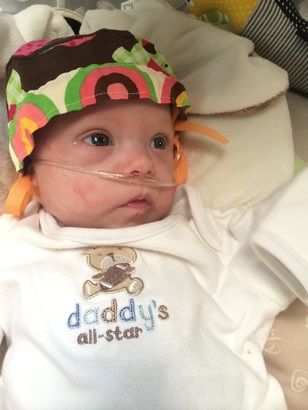 Knit hats get loose after a day or two of wear, so if you try the hat system I recommend either making many knit hats and washing them often, or using a sun hat. If you are not the DIY type, there is a company that sells hats, o2kidslids.com. We bought a hat from there as well, and it worked great other than that I hadn’t ordered the right size, so it was a bit big on Benny. With all of these tricks, I quickly became a pro at keeping Benny oxygenated in style and comfort. Still, it was a big relief when he finally started keeping his levels up on his own. How easy life seemed without all of the tubes and tanks and machines that came with the oxygen. Recently we got a call that Benny’s sleep study had shown his oxygen saturations levels dropping below 90 over half of the time. Our doctor recommended putting him back on oxygen full time for a month. I was devastated. We had all enjoyed the freedom without oxygen and the idea of having to do it all again seemed like torture. Today is the first day I’m going to leave my house with Benny since having to put him back on oxygen. I am bracing myself for it as I had really been enjoying just having a baby. A cute, healthy-looking baby. A baby whose health condition I didn’t have to explain if I didn’t feel like it. A baby who came just with a diaper bag and a car seat, not all of the normal baby stuff plus a backpack, tanks, tubes and all the various oxygen tank accessories. This was one of the hardest blog posts I’ve written because I really wanted to be cheerful and upbeat about having a baby on oxygen, but I don’t feel that way. Having any kind of baby is hard. Having a sick baby just sucks. It doesn’t mean I love Benny any less because he has health problems, it just means that sometimes I have days where I just don’t want to go outside. I don’t want to explain to the kind, curious strangers that no, my baby wasn’t a preemie, that he has Down syndrome and is recovering from a heart defect and that’s why he’s on oxygen. But he does and they will, and maybe my going outside with my baby and his oxygen tank will help somebody else feel like it’s okay too. Maybe my writing this post will help other parents who are going through this to know that they’re not alone, and that it is doable even if it does suck. I hope so. Please let me know if you have any suggestions for parents who have a baby on oxygen that I didn't include here, and if you know parents who could use this information do share this with them. Thank you! |
Archives
April 2022
AuthorSince becoming a mom to a little boy with Trisomy 21 I have written a lot about Down syndrome and disabilities. I am a storyteller, wife and mom to a teen and a toddler. Life is busy! Categories
All
|
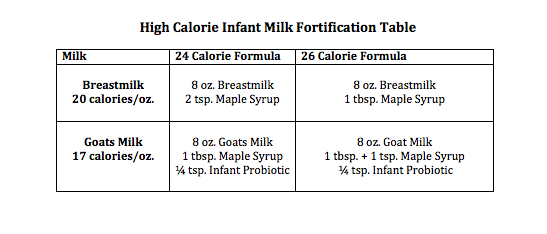
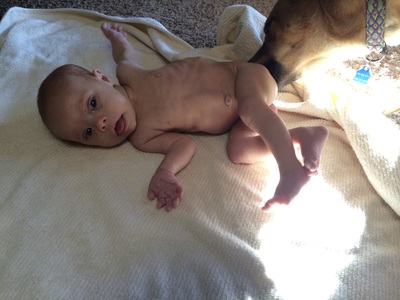
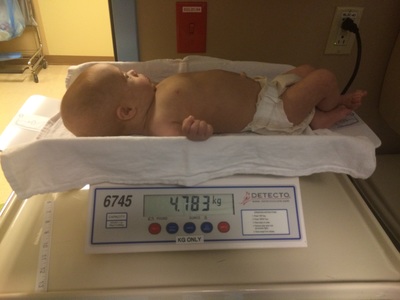
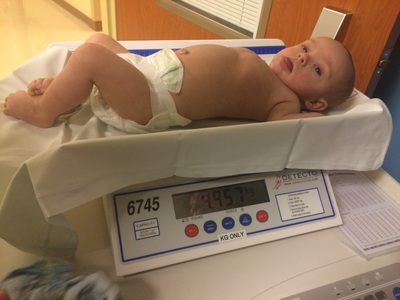
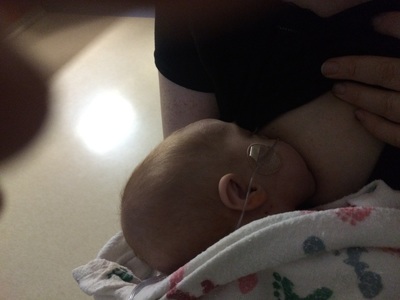
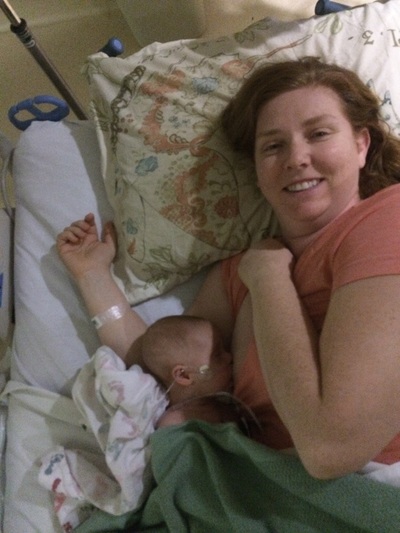
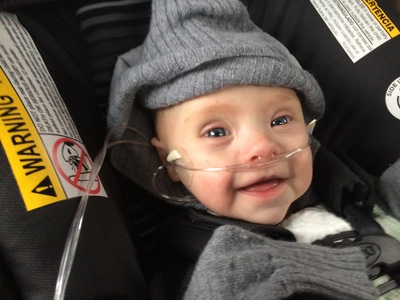

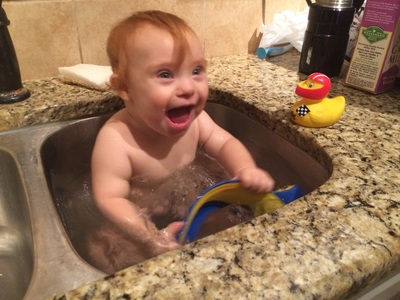
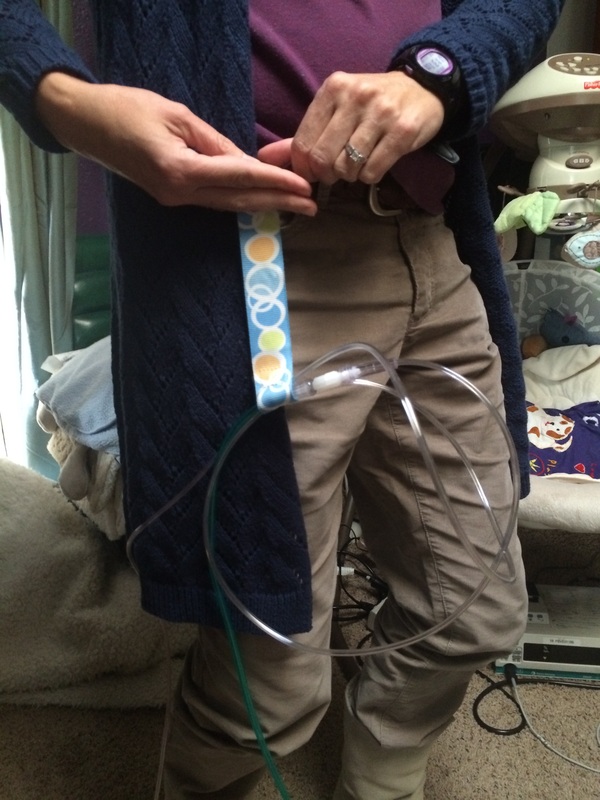
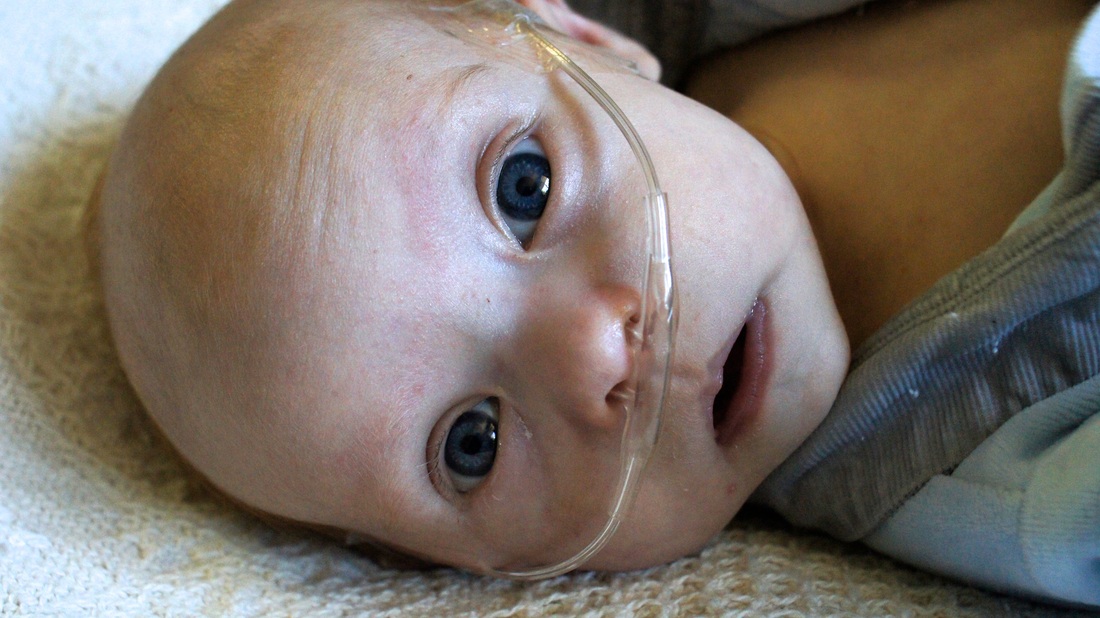
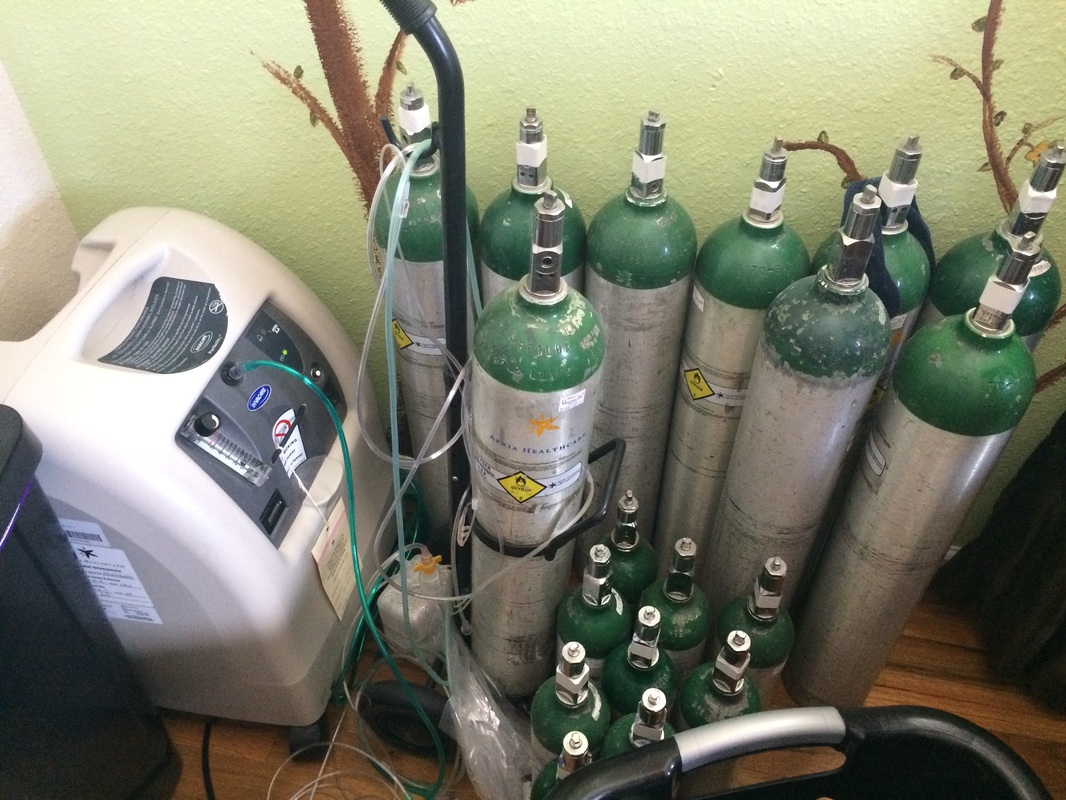
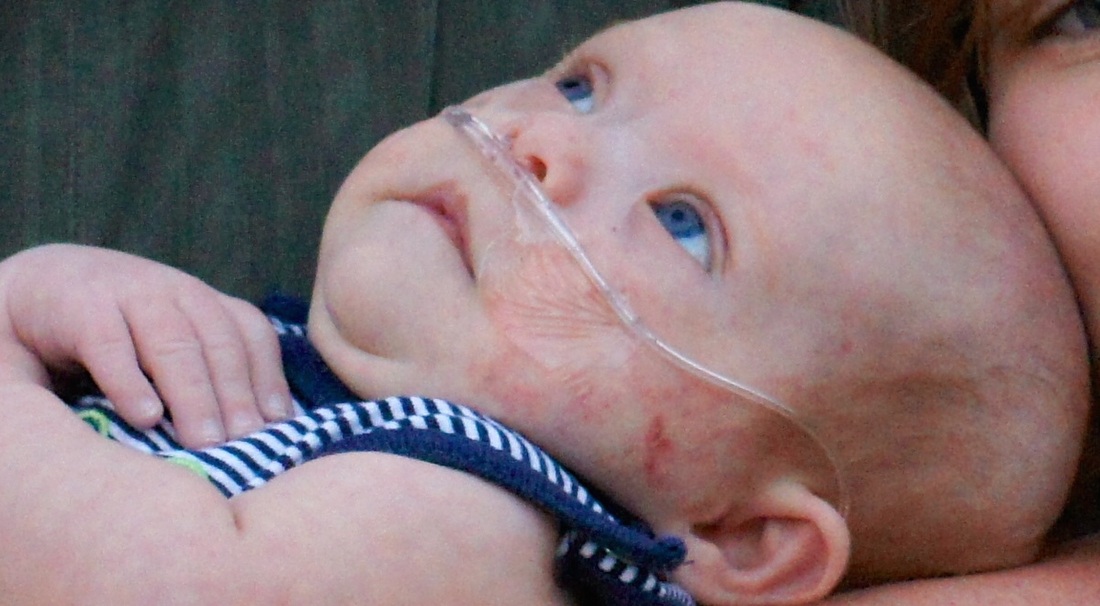


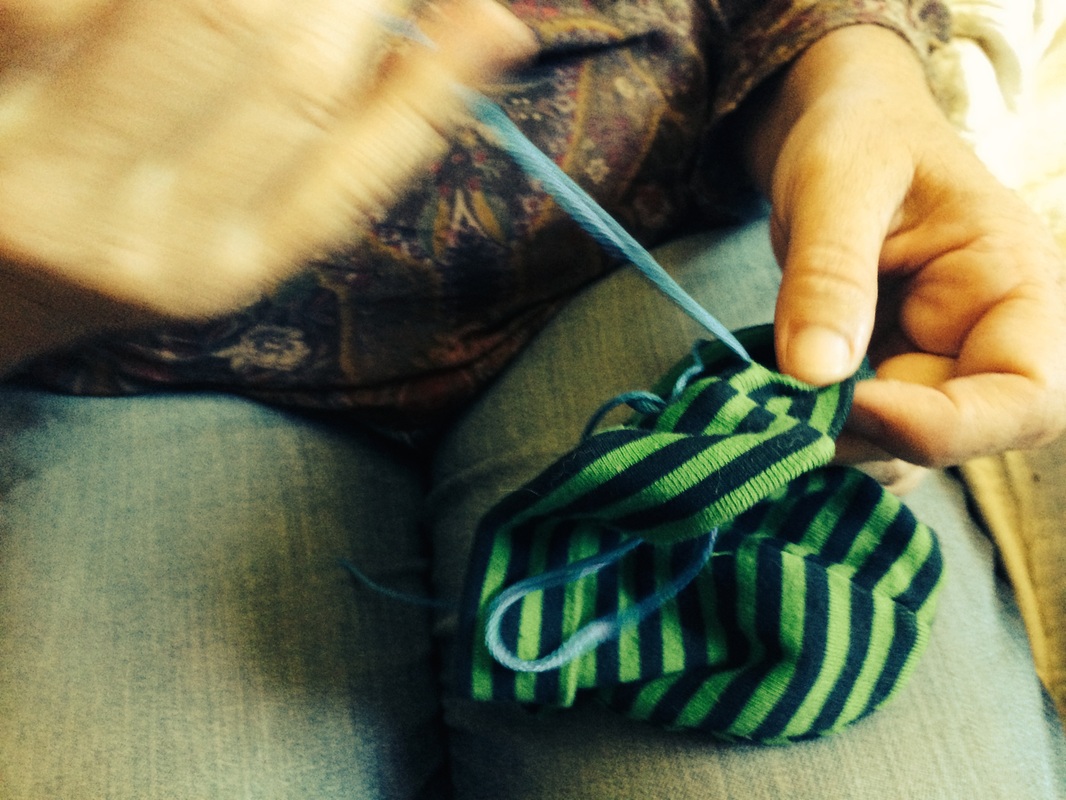
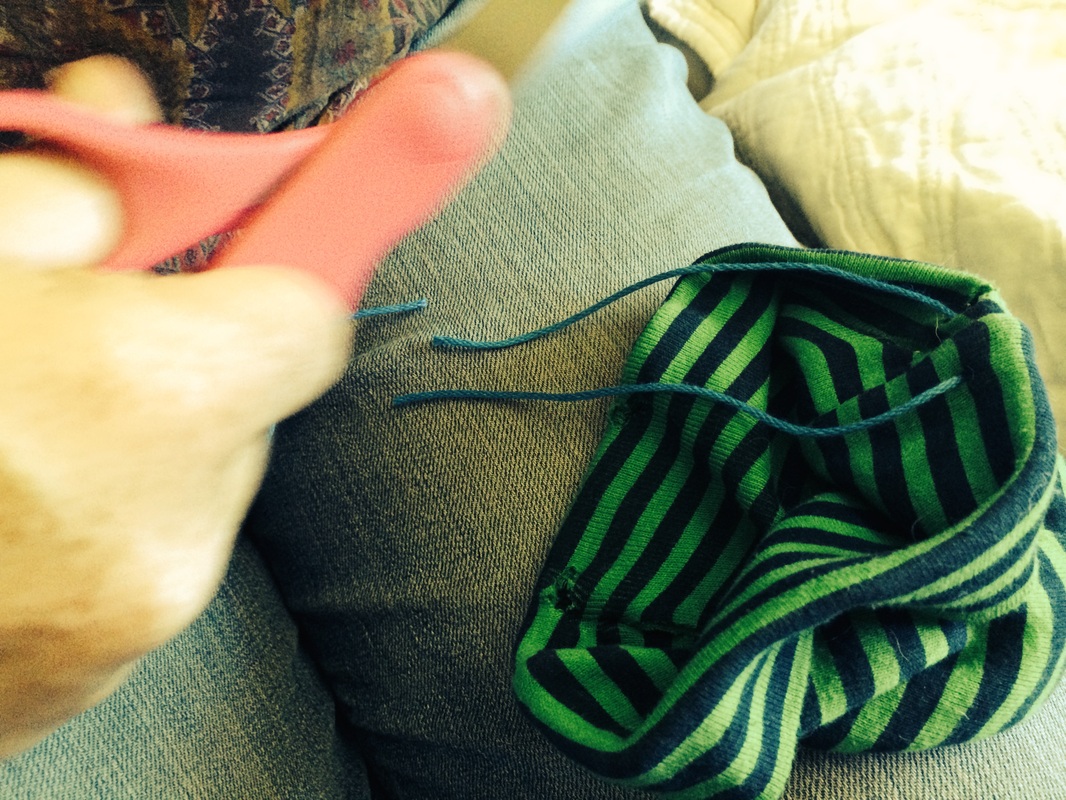
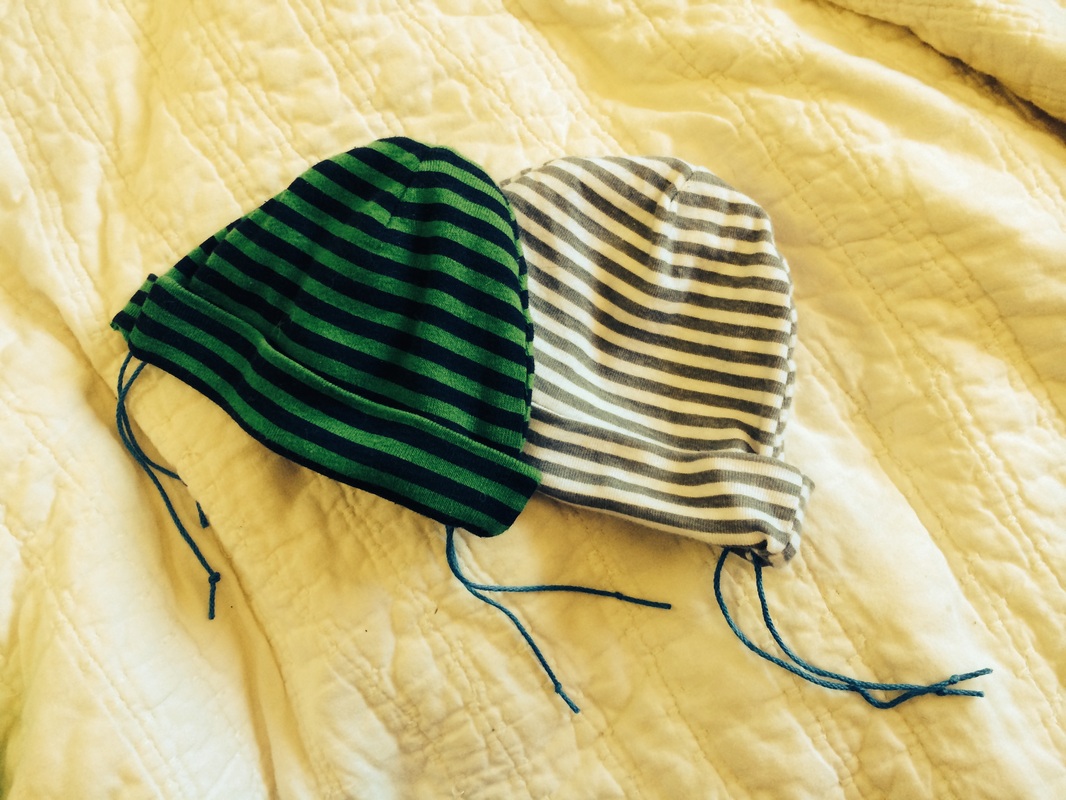
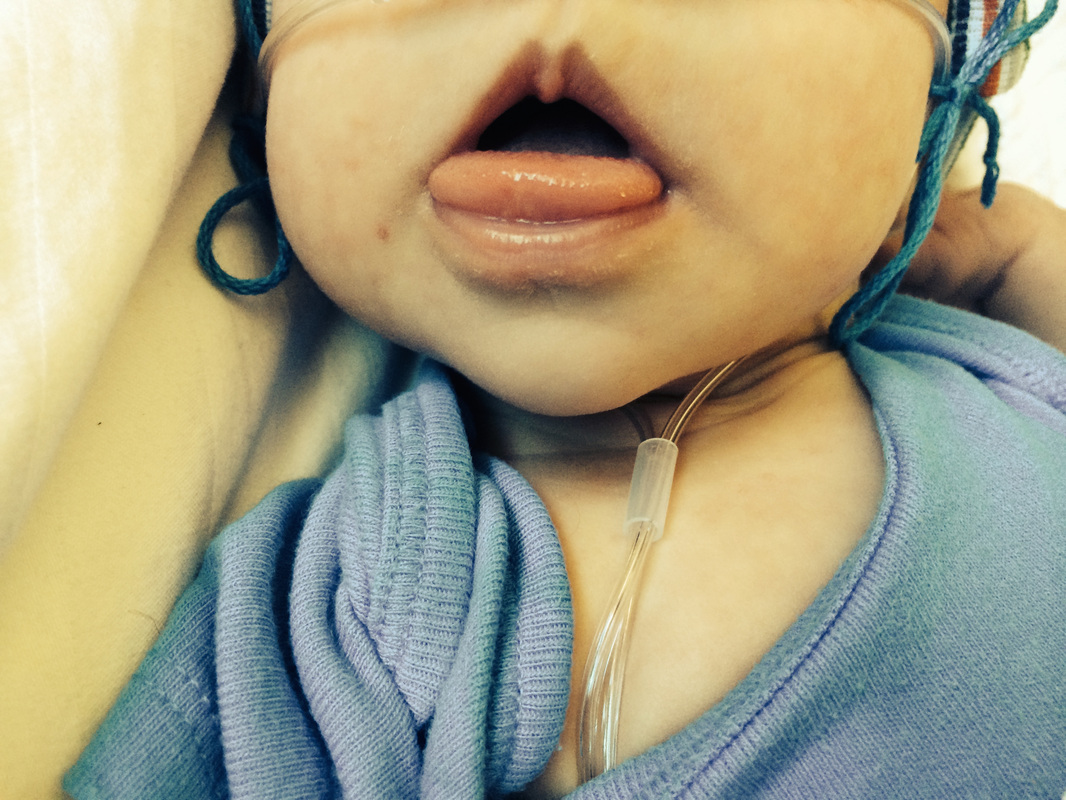
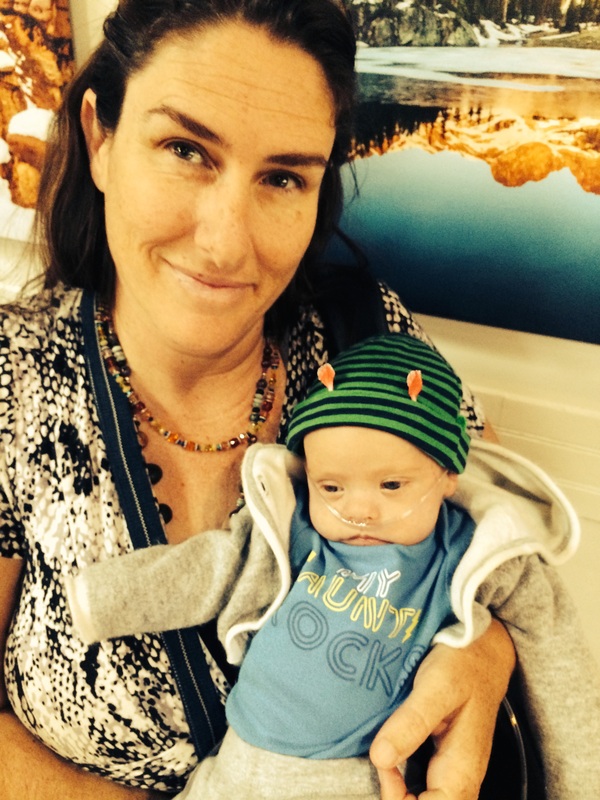
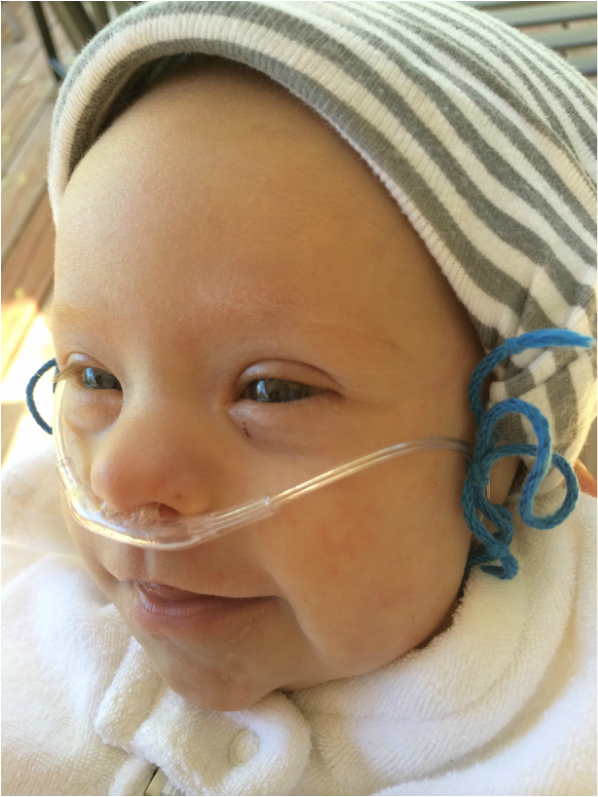
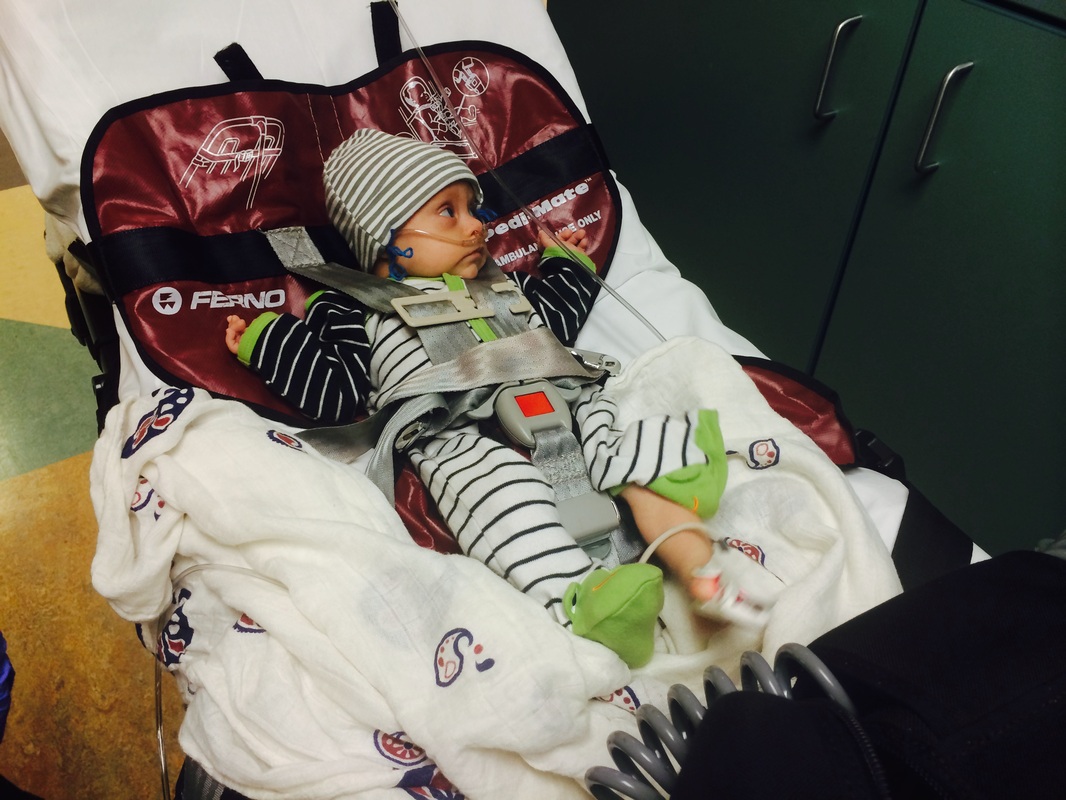
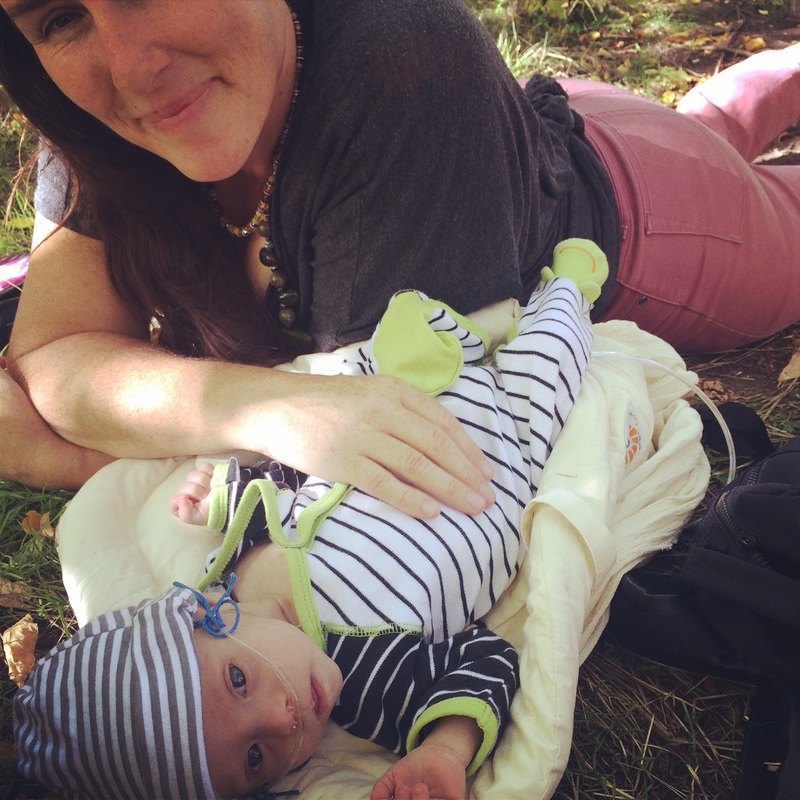

 RSS Feed
RSS Feed